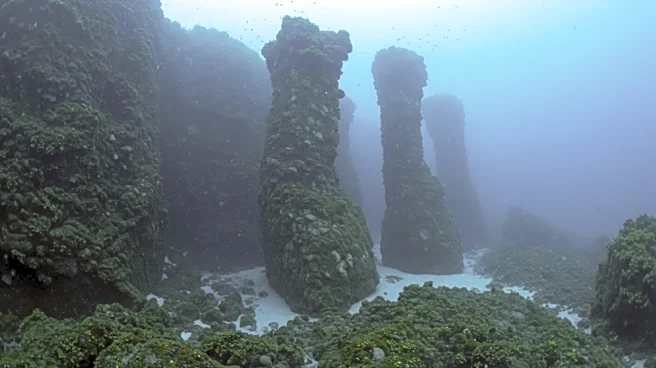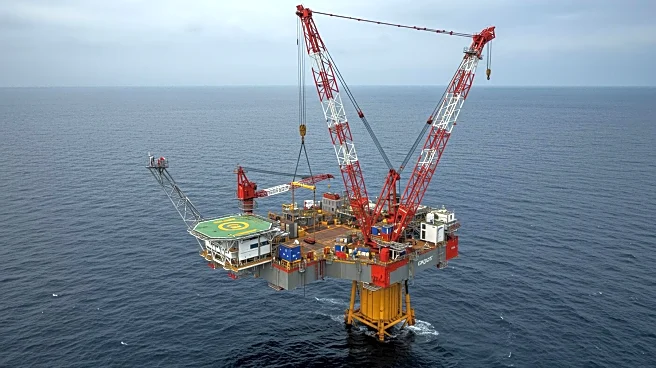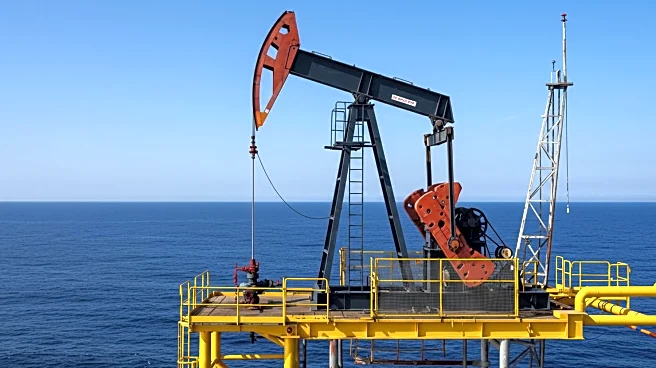Rapid Read • 8 min read
Researchers from The University of Manchester have identified vast sand formations beneath the North Sea that challenge existing geological principles. Using high-resolution 3D seismic imaging and data from numerous wells, the team discovered large mounds of sand, termed 'sinkites', which have sunk downward, displacing older, lighter materials. This phenomenon, known as stratigraphic inversion, reverses the typical geological order where younger rocks are deposited on top of older ones. The discovery, published in Communications Earth & Environment, suggests these formations occurred millions of years ago due to seismic activity or pressure shifts, causing sand to liquefy and sink through seabed fractures. The lighter materials, termed 'floatites', were displaced upwards. This finding could alter the understanding of subsurface reservoirs and carbon storage.
AD
The discovery of these 'sinkites' and 'floatites' has significant implications for energy and carbon storage. Understanding the movement of fluids and sediments in the Earth's crust can improve predictions about oil and gas reservoirs and inform safe carbon dioxide storage practices. This research could lead to advancements in assessing underground reservoirs and sealing intervals, which are crucial for carbon capture and storage technologies. The findings challenge existing geological models, prompting further research to determine the applicability of this new understanding across different regions and contexts.
The research team is continuing to document other instances of this geological process to better understand its impact on subsurface reservoirs and sealing intervals. The scientific community is divided, with some skeptical of the new model, while others support its potential applications. Ongoing research will aim to validate the model and explore its broader implications for geology and energy storage. The findings may lead to revised methodologies in assessing geological formations and their suitability for carbon storage.
This discovery highlights the dynamic nature of geological processes and the potential for unexpected findings to reshape scientific understanding. The implications extend beyond energy storage, potentially influencing environmental policy and strategies for managing natural resources. The research underscores the importance of interdisciplinary collaboration between academia and industry in advancing scientific knowledge and addressing global challenges.
AD
More Stories You Might Enjoy










